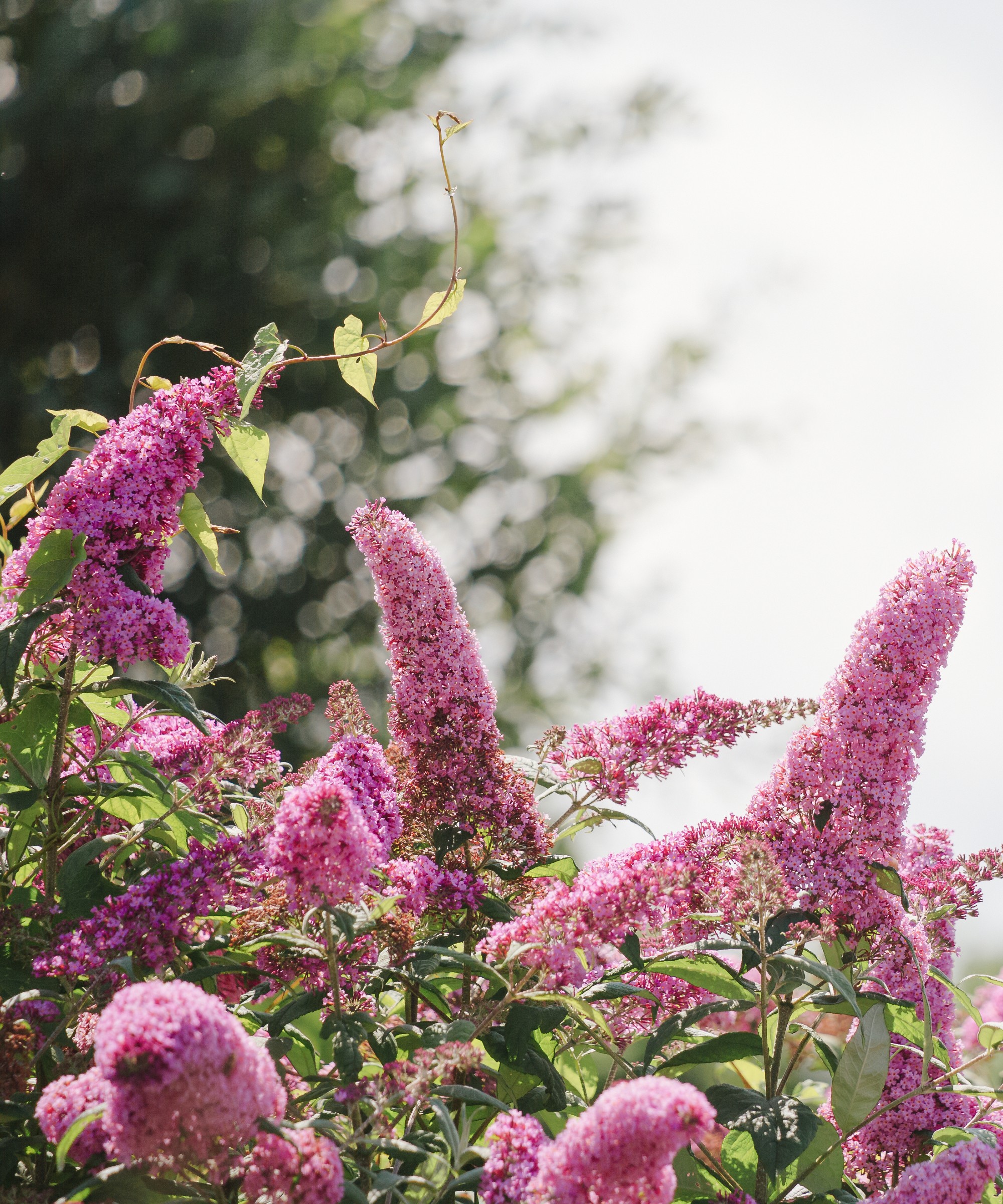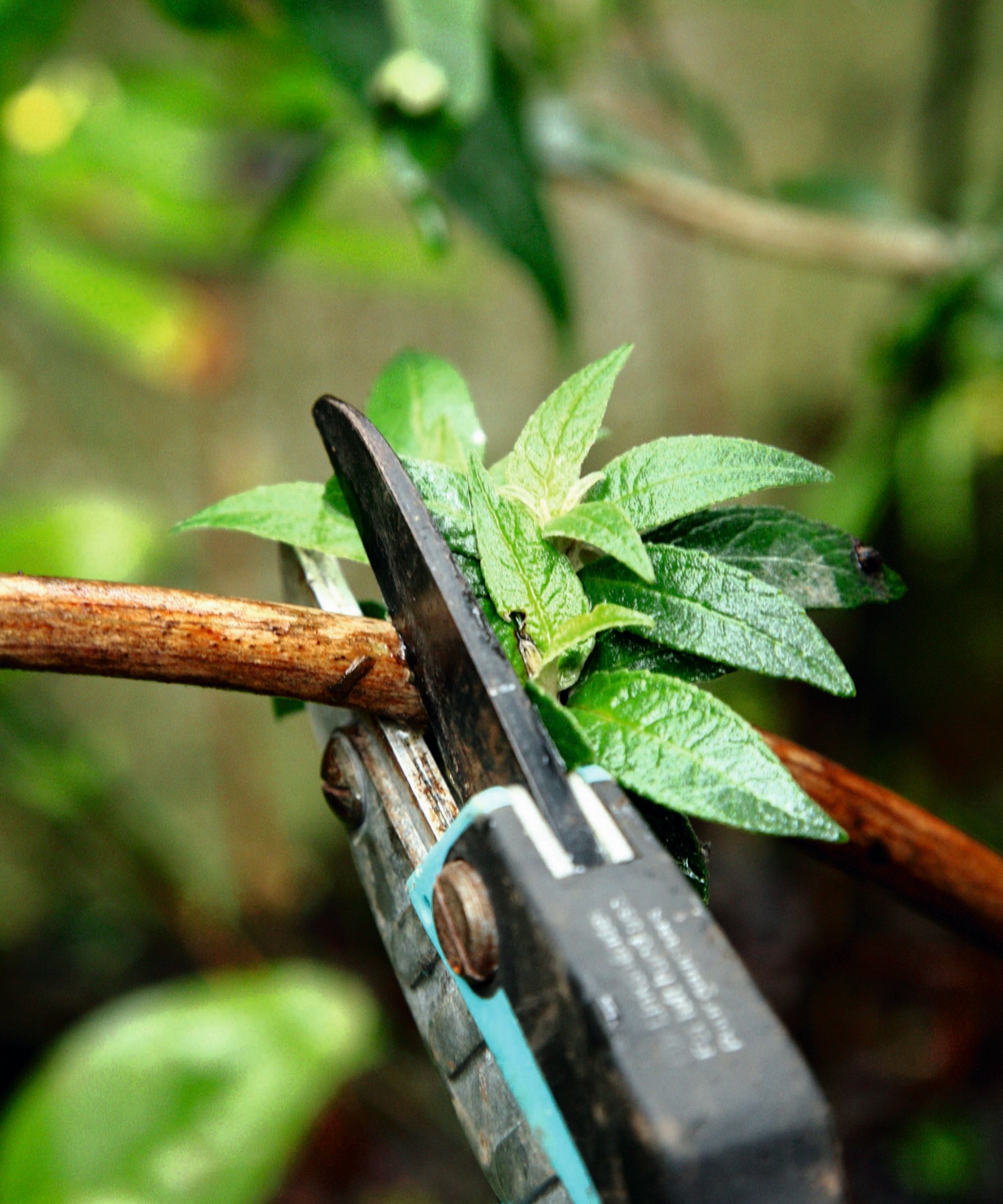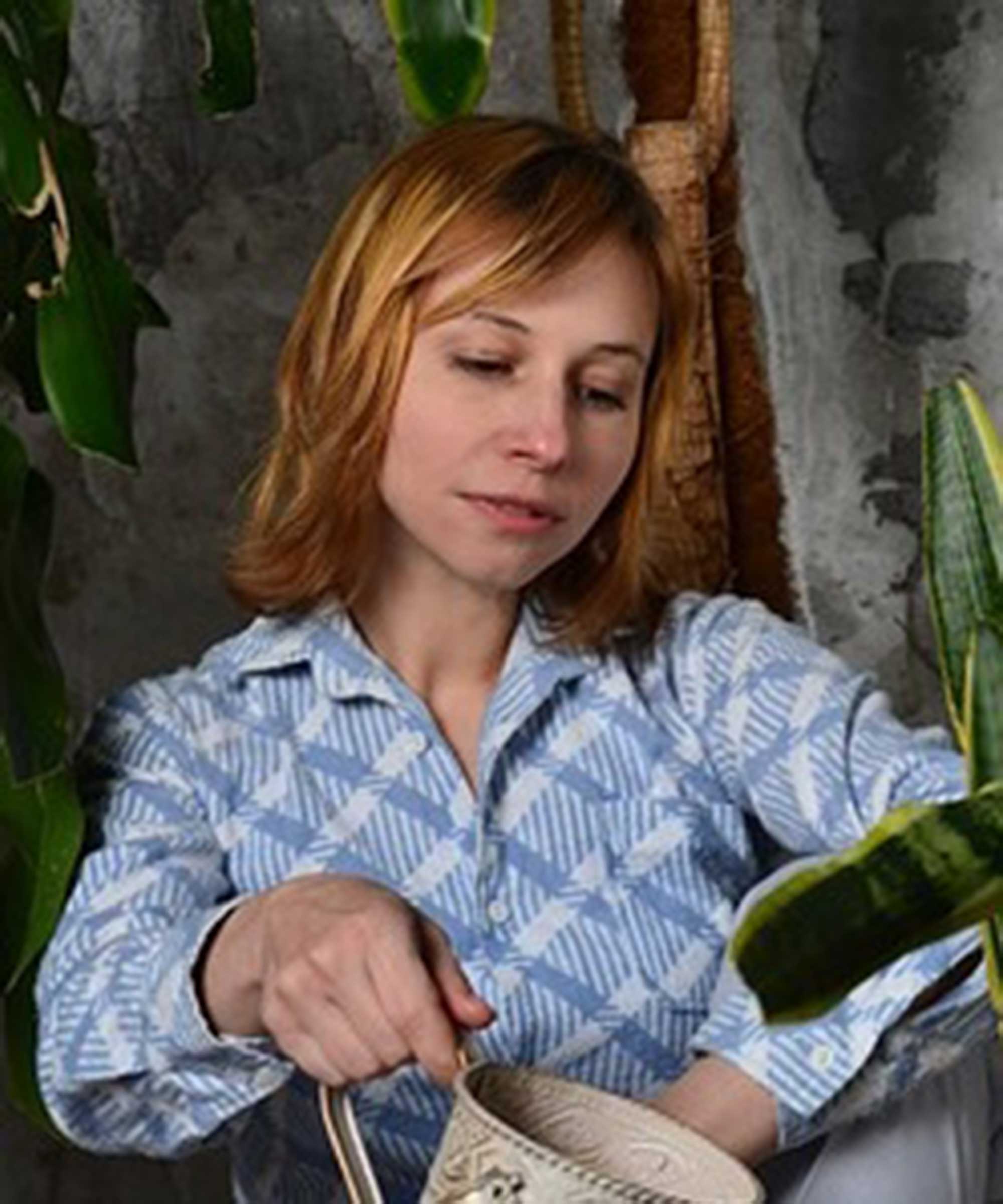Do you deadhead butterfly bushes? Here's what to do to encourage more blooms
The choice remains whether to remove old flowers or leave them in place for wildlife


Q. I have a few large butterfly bushes in my garden and they do look fantastic when in flower, but they can all get a bit messy afterward. Is it better to go out and deadhead to keep it neat, or will it be a lot of effort for little reward?
Butterfly bushes are hugely popular, they are striking in color and, as the name suggests, are great at attracting butterflies and other beneficial pollinators into the yard. Buddleias will need pruning each year to keep their growth in check as they are vigorous growers that can easily get too big for a space.
That pruning is essential, while deadheading is not. If you are caring for a butterfly bush then there are advantages to removing the old blooms, however, there are also wildlife-friendly reasons to leave the spent flowers alone.

Butterfly bushes are capable of reaching up to 10 feet tall
Do you deadhead butterfly bushes?
Butterfly bushes are seen in many backyards as they are a fast-growing shrub and also one of the best flowering shrubs you can choose. They can be easy to grow and fairly low-maintenance, suited for flower beds and borders or shady corners of the backyard. So should you take the pruning shears to them after flowering and add this task to your list when you deadhead roses or other summer bloomers?
Shop the range of butterfly bushes at Fast Growing Trees

Butterfly bushes should be pruned annually in Spring
Pros of deadheading butterfly bushes
Deadheading butterfly bushes does offer several benefits to the shrub. Firstly it promotes reblooming, as removing those old spent blooms will direct the plant’s energy into producing more flowers. The plant will be stimulated to grow new buds and it can even promote a second flowering later that season.
Zahid Adnan, gardener and founder of The Plant Bible, says the overall number of flowers can increase throughout the season as a result of deadheading, however, the quality of the blooms may be dependent on other factors too.
Design expertise in your inbox – from inspiring decorating ideas and beautiful celebrity homes to practical gardening advice and shopping round-ups.
He says: ‘By removing spent flowers, you stimulate the plant to produce new buds and blooms. However, the extent of the reblooming can vary depending on factors like the specific butterfly bush variety, climate, and growing conditions.
‘In some cases, you may experience a more modest second flush of flowers rather than a full-blown second blooming.’
Deadheading also helps keep a tidy appearance. Old withered blooms can be unattractive and messy to look at, so removing them can lift the aesthetics of both the butterfly bush and the garden as a whole.
Butterfly bushes can become invasive in some areas and deadheading can help to minimize this risk. Removing the spent flowers redirects the plant’s energy away from seed production and prevents the shrubs from going to seed, thus helping to prevent any unwanted spread.

Zahid Adnan is the Founder and Editor of The Plant Bible, as well as managing a plot of 10-hectare agricultural land. He is also involved in a project to develop sustainable urban farming practices by utilizing farming technologies to increase food production and reduce environmental impacts.

Deadheading neatens the shrub and can promote a second flush of flowers
Cons of deadheading butterfly bushes
As mentioned prior, it is not always necessary to deadhead butterfly bushes. The process can be time-consuming and repetitive, especially when it comes to larger shrubs or a backyard with many plants, and there remains no certainty of reblooming.
Diana Cox, a seasoned gardener from The Gardening Talk, says: ‘Some butterfly bushes naturally bloom only once per season, regardless of deadheading efforts.’
So it always pays to know your plants and do your research. This way you will know if you could get a butterfly bush to bloom twice per season, rather than waste your efforts.
By not deadheading butterfly bushes you can help local wildlife and birds. The faded flowers and seed heads can be a food source for birds and other beneficial insects, so play a role in a wildlife garden. If you prefer a more natural or untamed garden, then leaving the spent flowers can also contribute to such a style and reduce the amount of time you need to be out repetitively cutting flowers.
Dried flower heads can also add winter interest to a garden, bringing some extra texture and visual interest during the colder months. They do look particularly beautiful when tinged with frost or a little bit of snow.

Diana started her website The Gardening Talk as a way to help others who are new to the world of gardening and plant care. She has been growing plants since she was a little girl, and started to document her experience in gardening a few years ago.

A second flush of flowers may be more moderate than the first
How to deadhead a butterfly bush
It is very simple to deadhead a butterfly bush and you only need basic garden tools to complete the task. Always be sure to use clean and sharp pruning shears any time you do pruning or deadheading, as clean garden tools help guarantee you make precise cuts and reduce the risk of any diseases getting into jagged marks on the bush.
Start deadheading once the first flowers start to fade and regularly check the shrub to keep removing blooms throughout the season. Identify any faded flowers and follow the stem back down to the first set of leaves, several inches below the flower. Make an angled cut just above a leaf node or a healthy bud.
Repeat this process for each of the old flowers on the bush and collect all spent blooms in a bucket. These can then be added to your home compost to decompose and be used next year as a mulch, or when planting, to help add nutrients to the soil.
Corona Forged Classic Bypass Pruner | Available at Amazon
The bypass pruner features a blade and hook design for precise, clean, and close cuts. It is ideal for deadheading or pruning butterfly bushes and the non-slip grip allows the gardener greater control
There is a little maintenance required in looking after the shrubs, including pruning and beneficial annual mulching. It is not advisable to prune butterfly bushes in the fall as the winter climate could damage recently-pruned shrubs, so stick to pruning in spring as it always helps stimulate new growth. And if you live in colder US hardiness zones, get your mulch down before the ground freezes.
Whether you deadhead or not is up to you, and it will depend on the size of your butterfly bush, or how many bushes you have, as well as the style of gardening that you prefer.

Drew has worked as a writer since 2008 and was also a professional gardener for many years. As a trained horticulturist, he worked in prestigious historic gardens, including Hanbury Hall and the world-famous Hidcote Manor Garden. He also spent time as a specialist kitchen gardener at Soho Farmhouse and Netherby Hall, where he grew vegetables, fruit, herbs, and cut flowers for restaurants. Drew has written for numerous print and online publications and is an allotment holder and garden blogger. He is shortlisted for the Digital Gardening Writer of the Year at the 2025 Garden Media Guild Awards.
